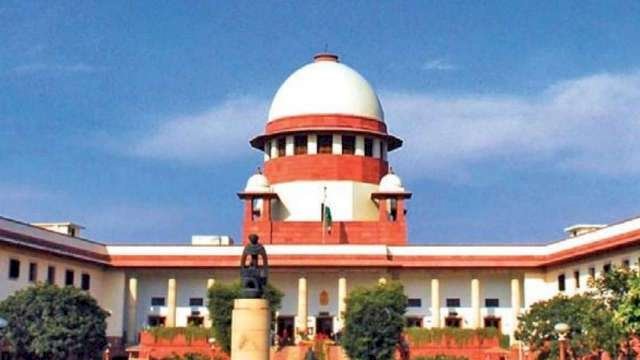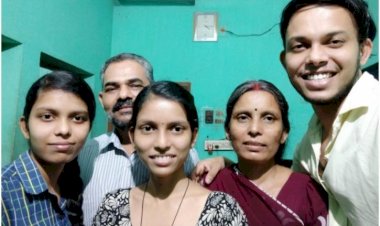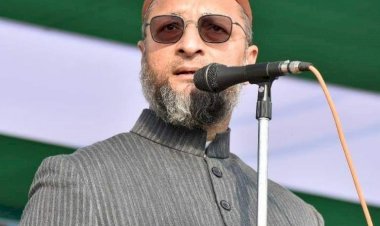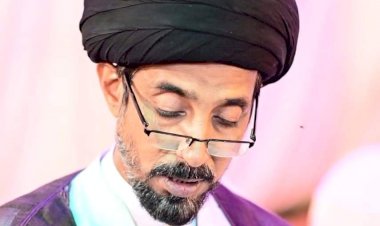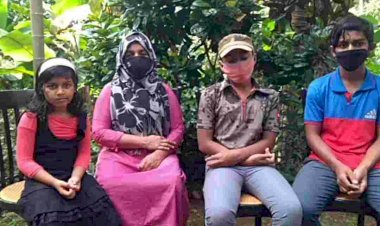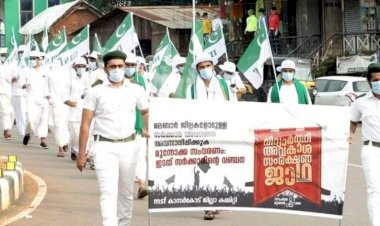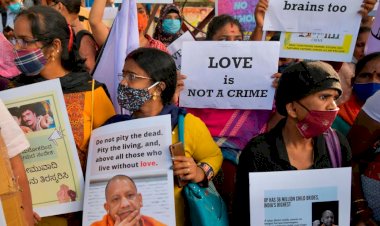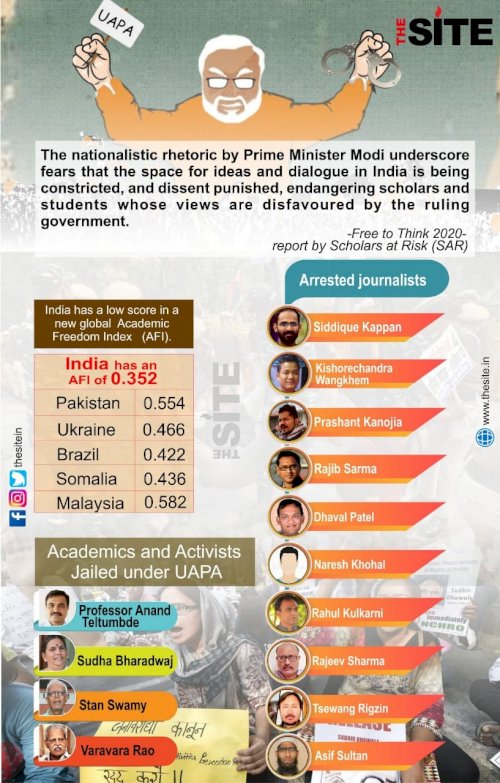Backward Class Reservation after Supreme Court judgement on Maratha case: who is to gain or lose?
Part 1
On May 5, the Supreme Court quashed Maharashtra State Reservation for Socially and Educationally Backward Classes Act (SEBC Act) of 2018 providing reservation to Marathas in public services and educational institutions.
The judgement assumes significance in multiple ways thanks to the increasing lobbying power of reservation politics, both at centre and states. After the Indira Sawhney verdict of 1992, this was the first serious effort from the SC to thoroughly revisit the Socially and Educationally Backward Classes (SEBC) reservation to realign reservation in compliance with changing needs.
SEBC reservation guaranteed in Article 15(4) and Article 16(4) was re-examined by the court. Along with this, the court made a disappointing judgement with regards to SEBC identification under article 342A (1) while upholding the constitutionality of the 102nd constitutional amendment of 2018 which provides for conferring constitutional status to the National Commission for Backward Classes under Article 338 B.
Current status of reservation
Article 340 deals with the need to, inter alia, identify those “socially and educationally backward classes”, understand the conditions of their backwardness and make recommendations to remove the difficulties they face while Article 342 requires the president to appoint commissions to study the conditions of SEBC.
After the enforcement of the Constitution, the president of India appointed the Kaka Kalekar Commission, the first National Commission for Backward Classes, to investigate the conditions of socially and educationally backward classes and submitted the report in 1955.
Second National Commission for Backward Classes, popularly known as Mandal Commission after its chairman B.P Mandal, was established by Morarji Desai government. Although it submitted a report in 1983 it continued to gather dust until the VP Singh government decided to implement the report in 1990. It recommended, inter alia, 27 percent reservation to Backward Classes in jobs and education that was earlier enjoyed only by SC/ST communities. This incited a bout of violence over reservation across the country.
When Narasimha Rao swept into power in 1991, in order to mollify caste groups protesting against the Mandal implementation brought forth 10 percent reservation for communities in forward class, hitherto not enjoying any reservation benefits, on comparative economic deprivation. Along with this, the Rao government introduced creamy layer criteria for SEBC reservation.
In the famous Indira Sawhney case, the nine-judge constitutional bench of the Supreme Court comprehensively examined all aspects of Backward Class reservation in practice. While striking down proposed 10 percent reservation for economically disadvantaged sections in forward castes, the Supreme Court endorsed 27 percent reservation for SEBC. In this judgement Supreme Court put forth two decisive guidelines for SEBC reservation:
1. Upper cap of reservation under Article 15(4) and Article 16 (4) was pegged at 50 percent. (Article 15(4) capacitates the state to create special arrangements for promoting the interests and welfare of socially and educationally backward classes of the society such as SC and STs. Article 16(4) states that nothing in this Article shall prevent the state from making any provision for the reservation of appointments or posts in favour of any backward class of citizens which, in the opinion of the state, is not adequately represented in the services under the state.)
Following this SEBC reservation quota could not be in excess of 27 percent because SC and ST already class enjoy reservation at 15 percent and 7.5 percent respectively. Only in exceptional cases, reservation ceiling is allowed to breach the 50 percent cap. Tamilnadu has in total 69 percent reservation and to validate this anomaly 67th constitutional amendment of 1994 was inserted in the 9th schedule, which protects the enlisted legislation from the judicial review due to the fact it violates the constitutional principles of equality under Article 14 and 21.
2. Only non-creamy layer sections among SEBC can claim reservation. This was brought supposedly to diminish intra-class inequalities.
After this judgement, various state governments have pressed for relaxation of 50 percentage cap pandering to political pressure. Since the judiciary has held the ground firmly and foiled all endeavours to create ‘a modern caste society’ based on constitutional provisions ensuring affirmative actions.
When the central government decided to allot 10 per cent economic reservation for forward classes in 2019 it indeed stirred the hornet's nest. The Constitution (103rd Amendment) Act 2019 passed by Parliament enables the State (i.e., both the Central and State Governments) to provide reservation to the Economically Weaker Sections (EWS) of the society. Whether or not to provide reservation to the EWS of the society for appointment in State Government jobs and admission to State Government educational institutions, as per provisions of the newly inserted Articles 15(6) and 16(6) of the Constitution, is to be decided by the State Government.
Few doubts might have arisen here; is EWS reservation under 50 percent cap? Does this new amendment allow the reservation to be hiked beyond 50 percent? Reservations under 15(4) and 16 (4) are fundamentally different from reservations under 15 (6) and 16(6). SC, ST and SEBC reservation is enshrined in the constitution right from the promulgation of the constitution under Articles of 15(4) and 16(4).
Indira Sawhney judgement and 50 percentage cap is applicable only in this set of reservation. EWS reservation is newly added in constitution as per the 103rd constitutional amendment act and placed as Articles 15 (6) and 16 (6).
Whether this reservation is legitimate or does not run contrary to the equality principles of constitution is to be decided by the Supreme Court as the issue is currently under sub judice. Currently, in practice, many states like Kerala, West Bengal and Maharashtra have earmarked more than 60 percent for reservation.
The government reasons it out by claiming that while 49.5 per cent existing quota is caste based, provision for EWS will be based on economic stature of the applicant. It will be carved out of the 50.50 per cent merit quota. So it would not fall in the category of the quota limit defined by the apex court and hence it will withstand any legal scrutiny.
To sum up, as per existing instructions, reservation is provided to Scheduled Castes (SCs), Scheduled Tribes (STs) and Other Backward Classes (OBCs) at the rate of 15%, 7.5% and 27%, respectively, in case of direct recruitment on all India basis by open competition. In direct recruitment on an all India basis, other than by open competition, the percentage fixed is 16.66% for SCs, 7.5% for STs and 25.84% for OBCs. All under Article 15(4)and 16 (4). The Constitutional amendment act of 103 provided for an additional 10 percent reservation for Economically weaker Sections among forward communities under newly inserted the Article 15(6) and Article 16(6).


